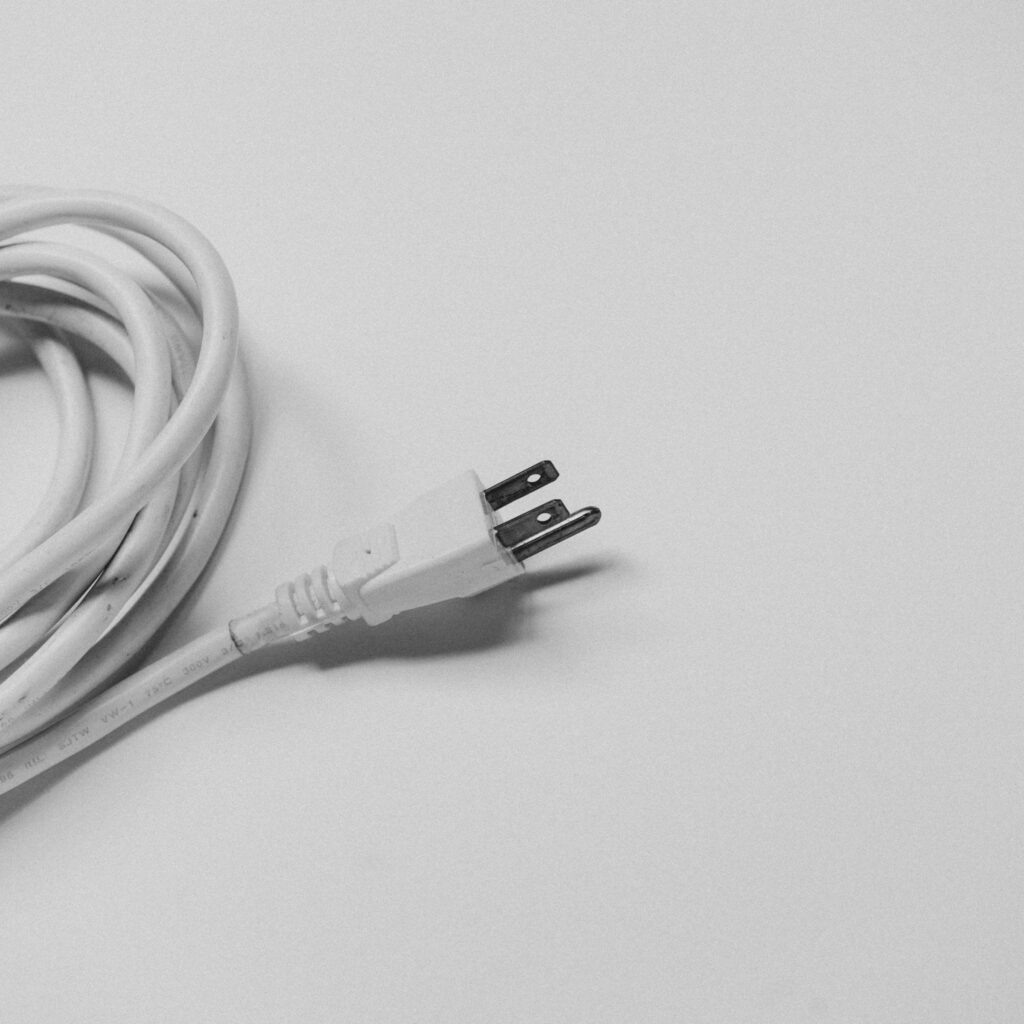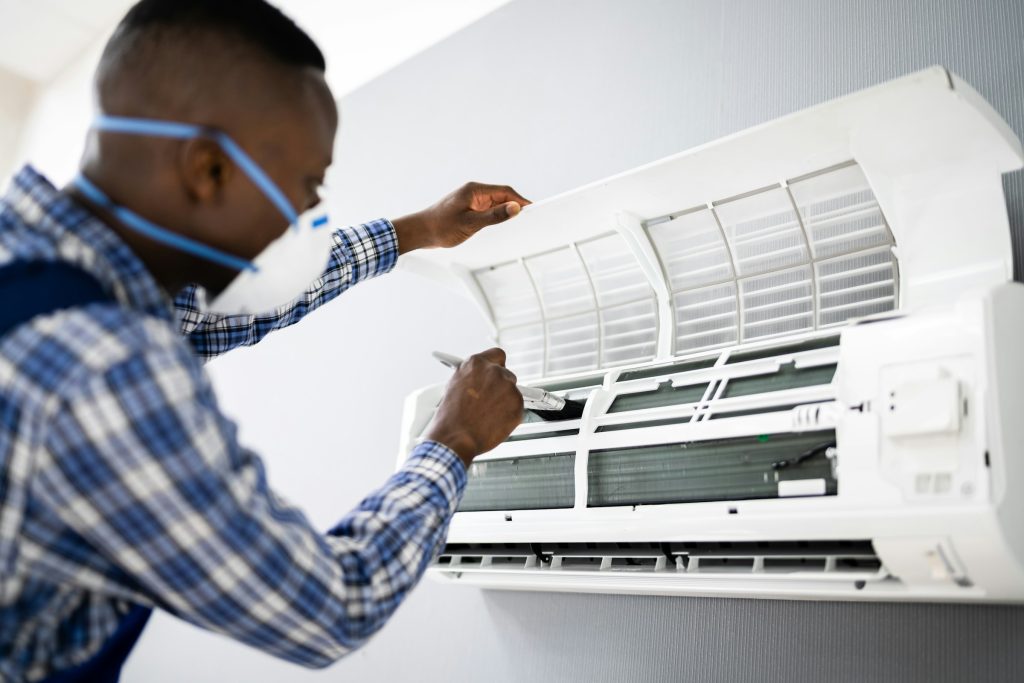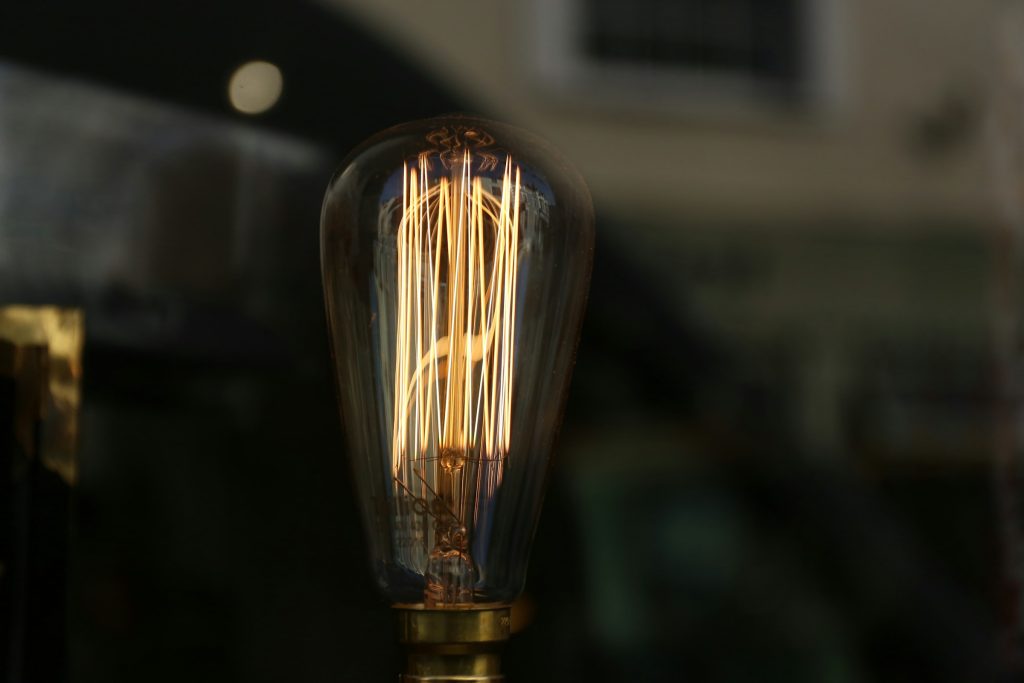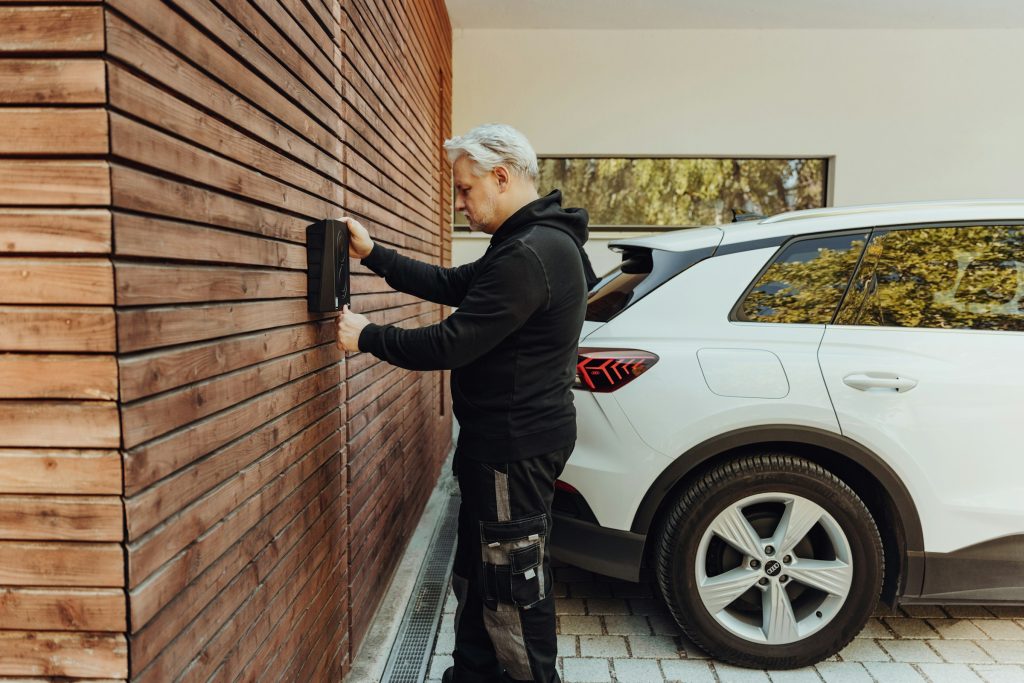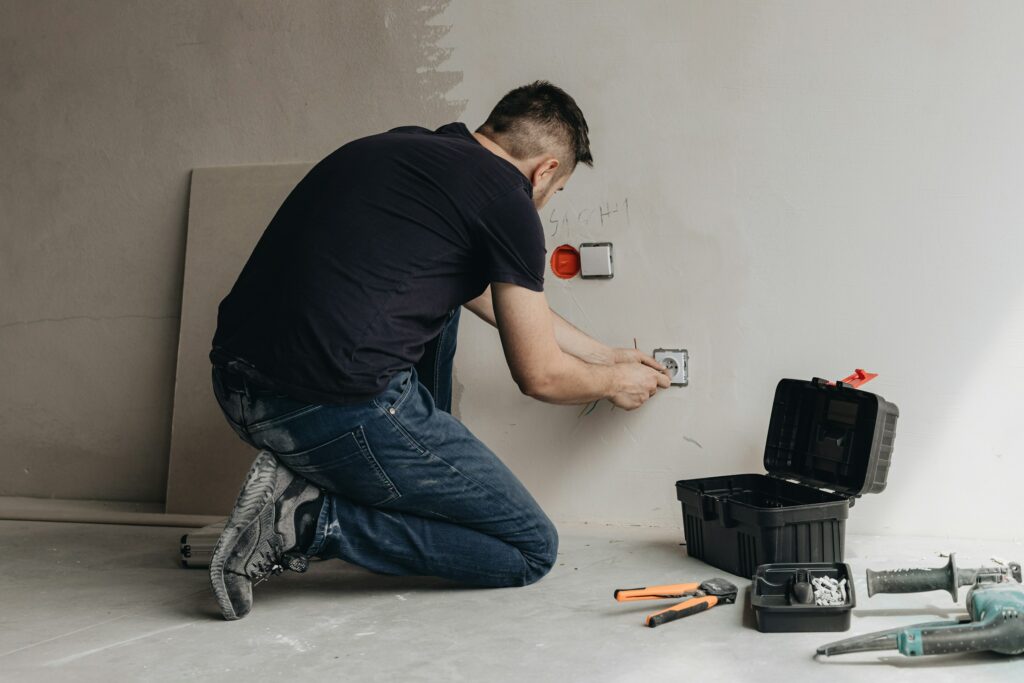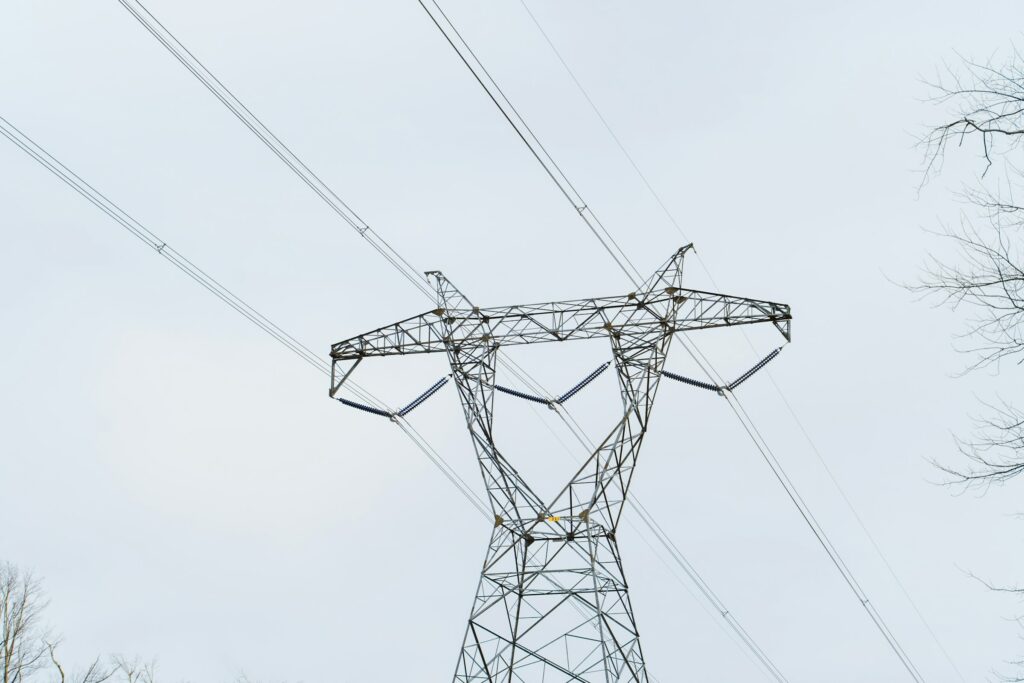Extension cords, often the unsung heroes of our electrical needs, play a vital role in connecting our devices to the nearest power source. However, it’s important to remember that with this power comes responsibility. This guide will walk you through the dos and don’ts of using extension cords and promoting safety and efficiency in your home or workplace.
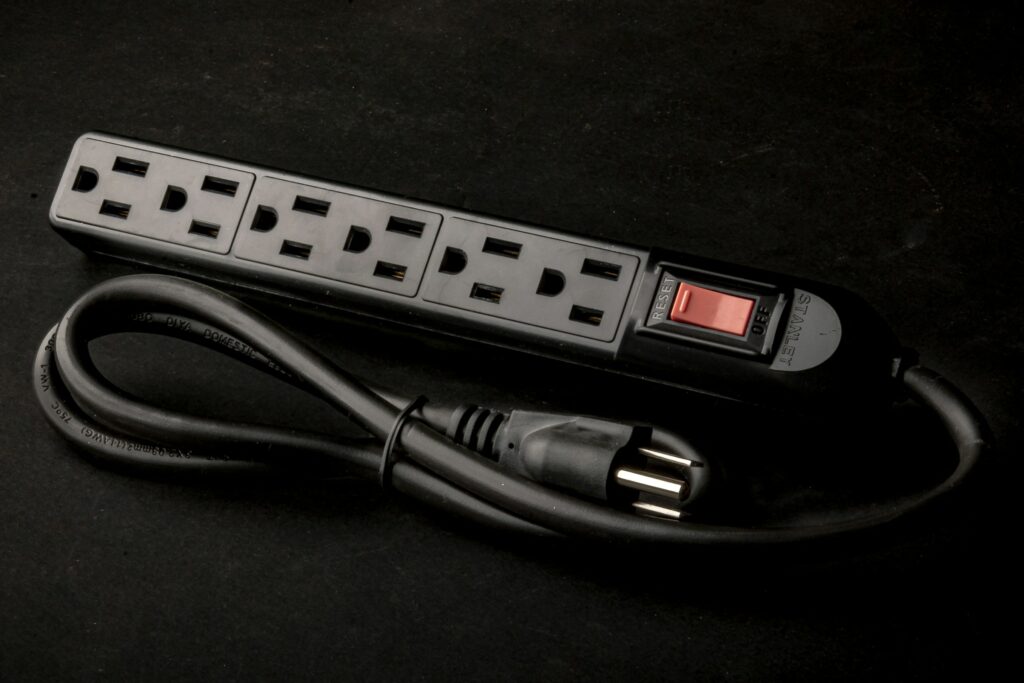
Understanding Extension Cords
We must grasp the basics before we delve into the dos and don’ts. Extension cords, available in a variety of forms, sizes, and capacities, are tailored for specific settings and loads. This initial understanding is key to ensuring safe and efficient usage.
Dos and Don’ts:
Navigating the world of extension cords requires a blend of common sense, safety awareness, and a bit of technical know-how. The dos and don’ts listed here are crucial for ensuring that these handy devices serve their purpose without posing a risk to your home or workplace.
Dos of Using Extension Cords
Short-Term Use:
Extension cords are a temporary solution, not a permanent fixture. They’re designed to fill a short-term need for power where no outlet is nearby. Long-term reliance on extension cords can signal the need to upgrade your home’s electrical system.
Appropriate Settings:
Not all extension cords are created equal. Those designed for indoor use often lack the robustness for outdoor environments, exposing them to weather elements. Conversely, outdoor-rated cords are built to withstand moisture, temperature variations, and direct sunlight, making them unsuitable for indoor use where flexibility and discretion might be needed.
Mind the Load:
Each extension cord is rated for a certain wattage and amperage, exceeding which can cause the cord to overheat, potentially leading to a fire. It’s essential to check the wattage of the devices you’re connecting and ensure the total does not surpass the cord’s rating.
Proper Storage:
Extension cords should be stored in a way that prevents damage when not in use. Coiling them loosely and storing them in a dry area helps avoid kinks and tangles that could break the wires inside the insulation, leading to safety hazards.
Don’ts of Using Extension Cords
Avoid Daisy Chaining:
Linking multiple extension cords together, a practice known as daisy chaining can lead to an excessive load on the cords, increased resistance, and potentially overheating. It’s a practice that significantly elevates the risk of fire.
No Under-Carpet Runs:
While it might seem like a neat solution to aesthetic or tripping concerns, running extension cords under carpets or furniture is dangerous, the lack of airflow can cause the cords to overheat, damaging the carpet and, more importantly, creating a fire hazard.
Steer Clear of Water:
Water conducts electricity, making the combination of extension cords and water particularly hazardous. Keeping cords away from water prevents the risk of electric shock, short circuits, and other electrical mishaps.
By Numbers:
Improper use of extension cords is a leading cause of home fires. The National Fire Protection Association and FEMA highlight the risks, noting thousands of fires annually due to electrical mishaps. Key precautions can significantly mitigate these dangers, such as avoiding overloading and ensuring cords are not run under carpets or through water. Awareness and correct usage are crucial for preventing the estimated 24,200 residential building electrical fires reported in 2021, which resulted in significant injuries, deaths, and property loss.
The Bottom Line:
In essence, respecting the capacity and design of extension cords and adhering to safety practices can prevent accidents and ensure a safe, efficient power supply to your devices. Remember, the right extension cord, used correctly, is your ally in convenience and safety.
Frequently Asked Questions:
Can I use an indoor extension cord outside if I cover it?
No, indoor cords are not built to withstand outdoor elements, including moisture and temperature changes.
How do I know if my extension cord is overloaded?
Calculate the total wattage of the devices plugged into the cord. If it exceeds the cord’s rating, it’s overloaded.
